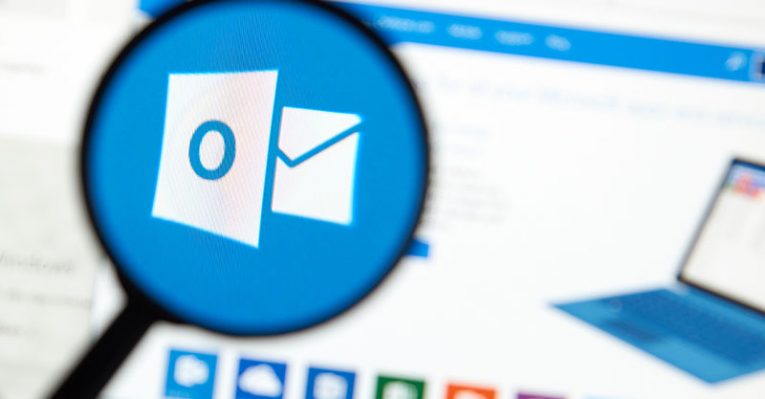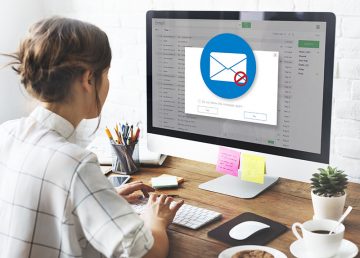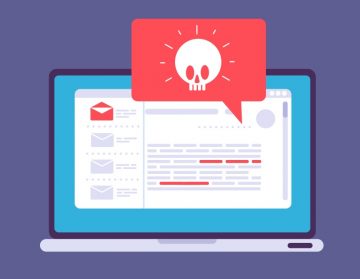'Your Outlook Is Full' Email Scam Seeks New Victims

Upon investigation, we have determined that the email titled "Your Outlook Is Full" is classified as spam. The email falsely claims that the recipient's Outlook storage has reached its capacity and aims to deceive users into revealing their account login credentials. It is crucial to emphasize that this email is fraudulent and has no association with Microsoft Outlook.
The email, often with subject variations, states that the recipient's Outlook storage is full, leading to syncing issues across devices. It provides instructions to upgrade storage or delete unwanted files.
As mentioned earlier, all the claims made in the email are entirely fabricated and have no affiliation with Microsoft Outlook or the official Microsoft company.
When we clicked the "Get more storage" button, it redirected us to a nonfunctional website, presumably intended to operate as a phishing site. It is highly likely that this website was designed to mimic an official account sign-in page. It is important to note that future iterations of the "Your Outlook Is Full" spam campaign could redirect to a fully functional phishing webpage.
Phishing websites are designed to collect the information provided to them. Emails are of particular interest to cybercriminals as they can be used to register and gain access to other accounts linked to the stolen email address.
Scammers can exploit the identities of social account owners, including emails, social networking platforms, social media accounts, and messaging apps, to request loans or donations from contacts, promote scams, or distribute malware by sharing malicious files or links.
Financial accounts can be targeted for unauthorized transactions and fraudulent online purchases. Additionally, content obtained through file storage and sharing platforms may be used for blackmail purposes.
What Are the Top Three Signs an Email You Received is a Scam?
Identifying scam emails can help protect you from falling victim to fraudulent schemes. Here are the top three signs that an email you received is likely a scam:
- Suspicious or unexpected sender: If the email is from an unfamiliar or suspicious sender, or if the sender's email address appears altered or slightly different from the legitimate source it claims to be, it could be a sign of a scam. Scammers often use deceptive tactics to mimic trusted organizations or individuals to gain your trust.
- Urgency and pressure: Scam emails often create a sense of urgency and pressure you to take immediate action. They may claim that you need to act quickly to avoid negative consequences or loss of benefits. This urgency is a red flag, as scammers aim to prevent you from critically evaluating the situation or seeking advice from others.
- Requests for personal information or financial details: Legitimate organizations typically do not ask you to provide sensitive personal information, such as passwords, Social Security numbers, or credit card details, via email. Be cautious if an email requests such information or directs you to click on a link to update or verify your account details. Scammers use these tactics to steal your identity, commit fraud, or gain unauthorized access to your accounts.
Additional signs of a scam email include poor grammar or spelling errors, generic greetings instead of personalized ones, suspicious attachments or links, offers that seem too good to be true, or requests for money or payments upfront.







